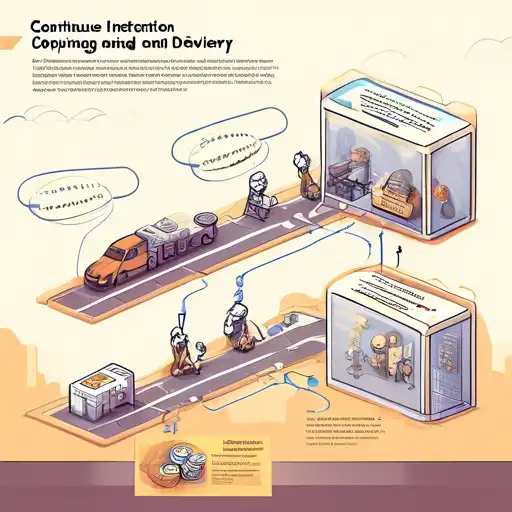What is Continuous Integration and Delivery?
Continuous Integration (CI) and Continuous Delivery (CD) are pivotal practices in modern software development, aimed at improving the efficiency and reliability of software releases. By automating the integration and delivery processes, teams can detect problems early, reduce manual errors, and accelerate the time to market.
The Core Principles of CI/CD
At the heart of CI/CD are several core principles designed to streamline development workflows. These include frequent code integrations, automated testing, and the ability to release software at any time. Embracing these principles helps teams to maintain high-quality standards while adapting quickly to changes.
Benefits of Implementing CI/CD
- Improved Code Quality: Automated testing ensures that every change is verified, reducing the likelihood of bugs reaching production.
- Faster Release Cycles: Automation speeds up the process from development to deployment, enabling more frequent updates.
- Reduced Risks: Early detection of issues minimizes the impact on the end-users and the business.
- Enhanced Team Collaboration: CI/CD fosters a culture of shared responsibility among team members.
How to Get Started with CI/CD
Implementing CI/CD requires a strategic approach, starting with the selection of the right tools and practices. Popular CI/CD tools include Jenkins, Travis CI, and GitLab CI. It's also essential to cultivate a DevOps culture that encourages collaboration between development and operations teams.
Best Practices for CI/CD
- Automate as much as possible, from testing to deployment.
- Keep the build process fast to encourage frequent integrations.
- Monitor and optimize the pipeline continuously for improvements.
- Ensure security is integrated into the CI/CD pipeline.
Challenges and Solutions
While CI/CD offers numerous benefits, teams may face challenges such as resistance to change, toolchain complexity, or initial setup costs. Overcoming these challenges involves clear communication, training, and starting small before scaling up.
Conclusion
Continuous Integration and Delivery are transformative practices that can significantly enhance the software development lifecycle. By automating key processes, teams can achieve higher efficiency, better quality, and faster delivery times. For more insights into optimizing your development workflow, explore our guide on Agile Methodologies.
